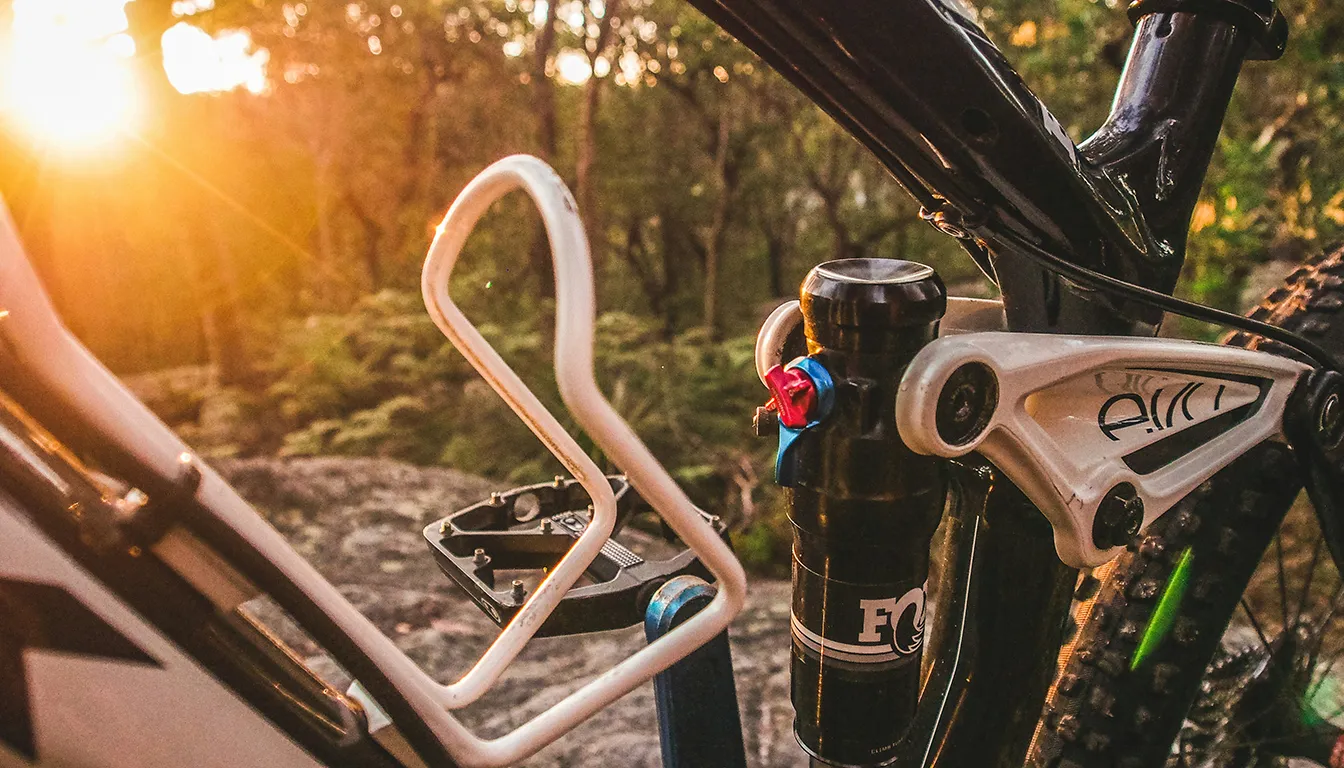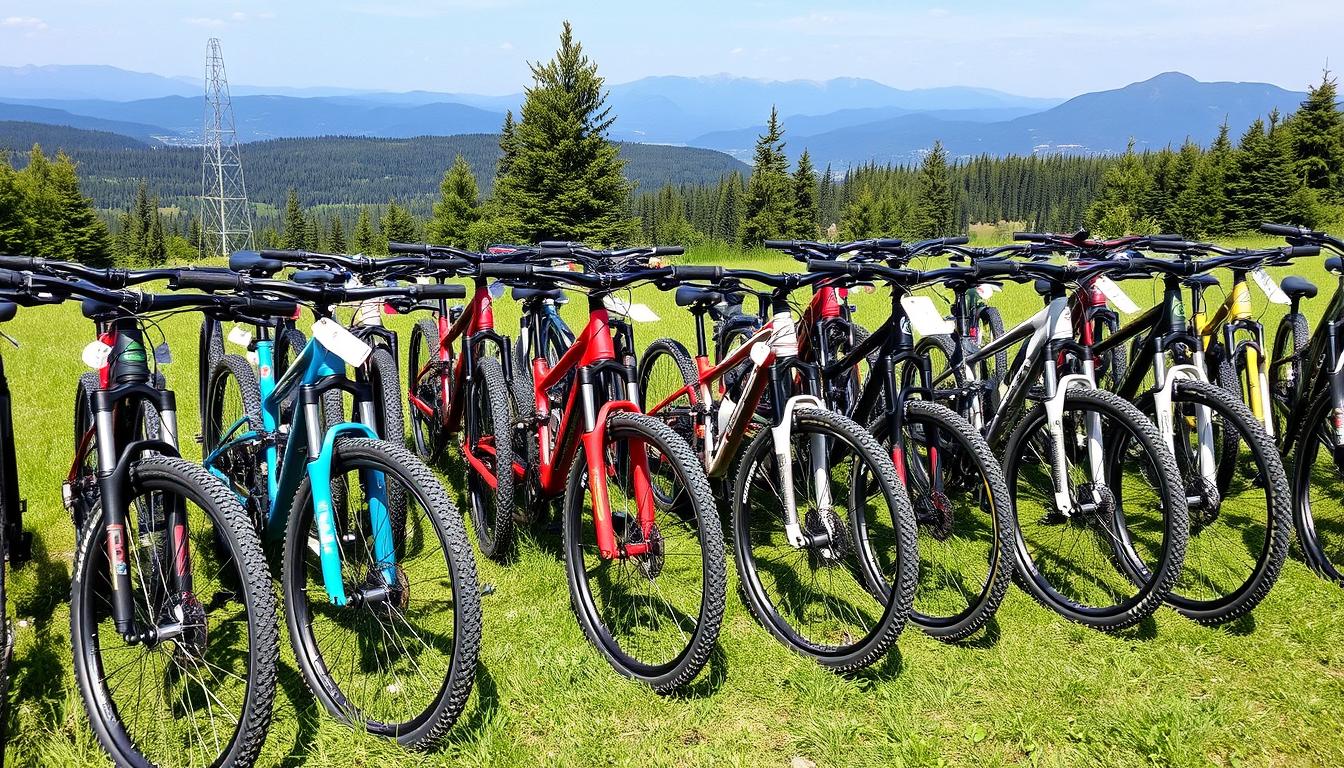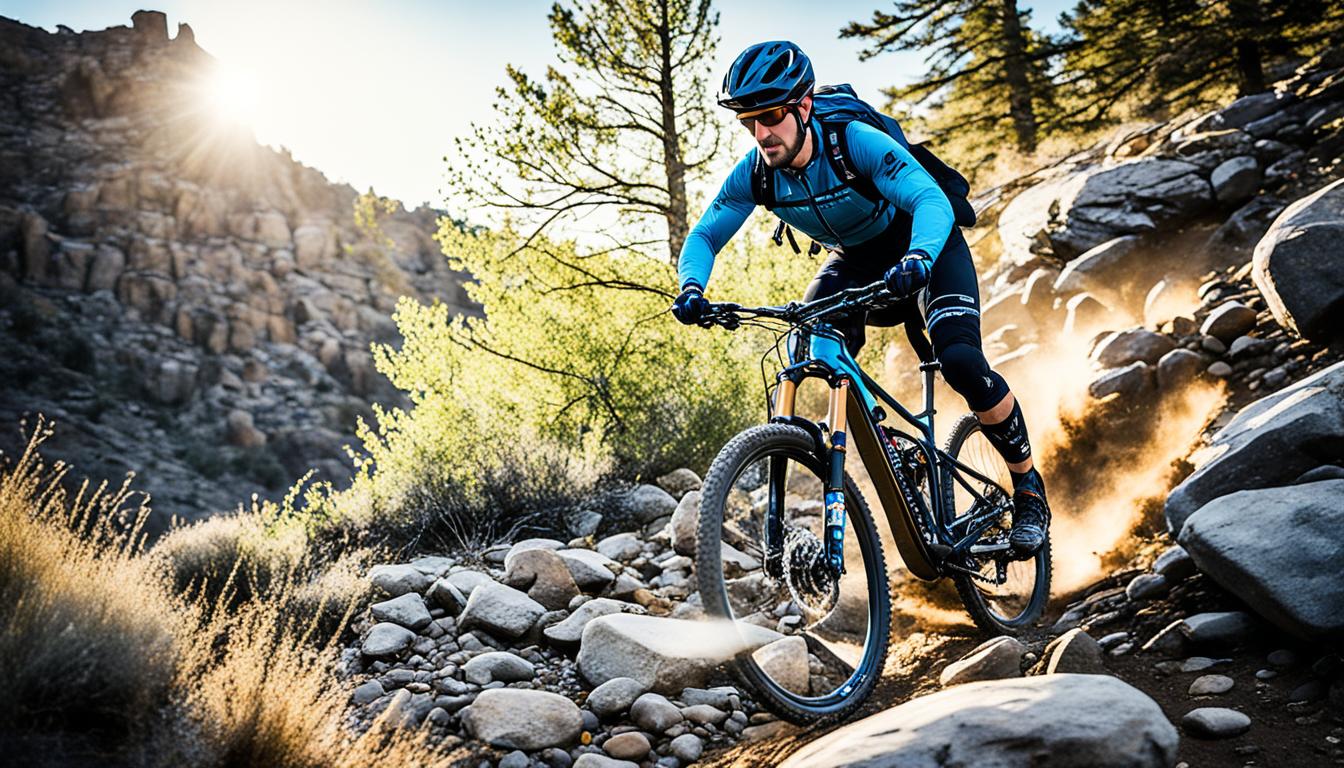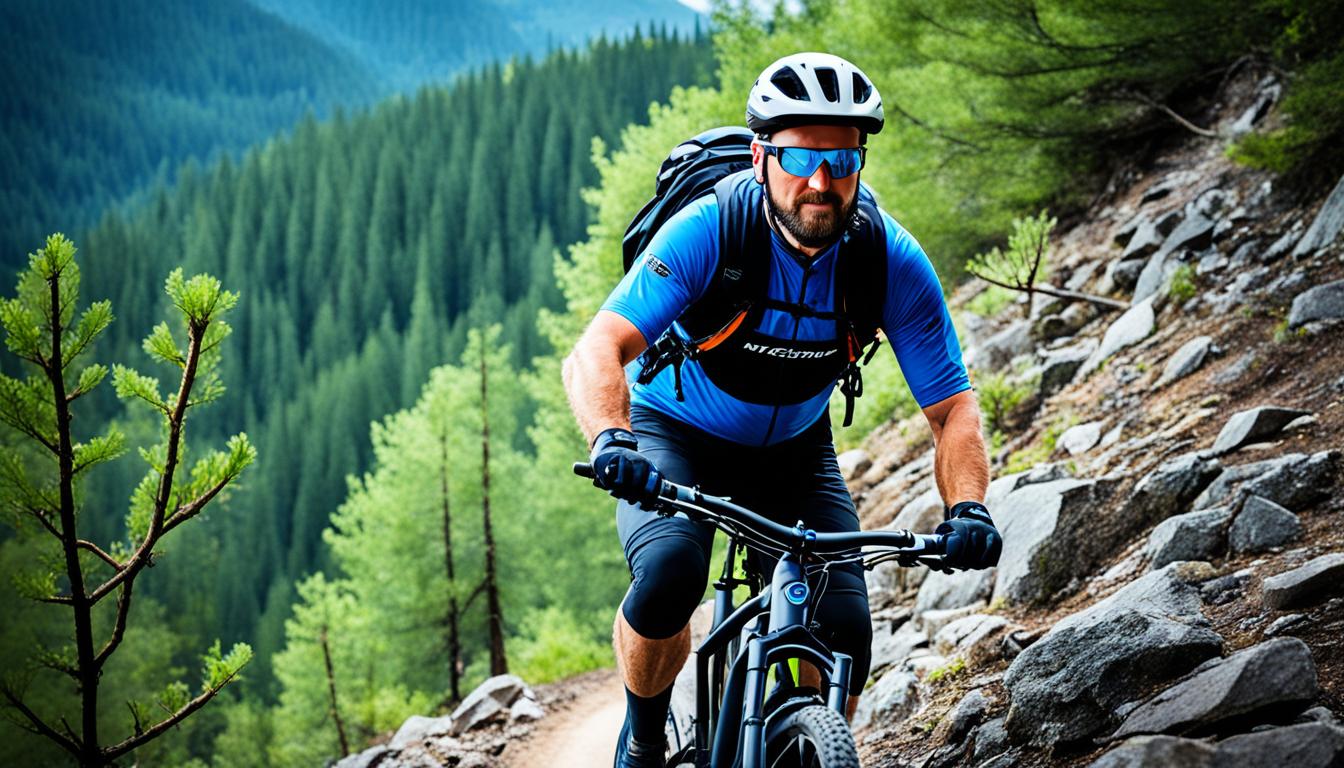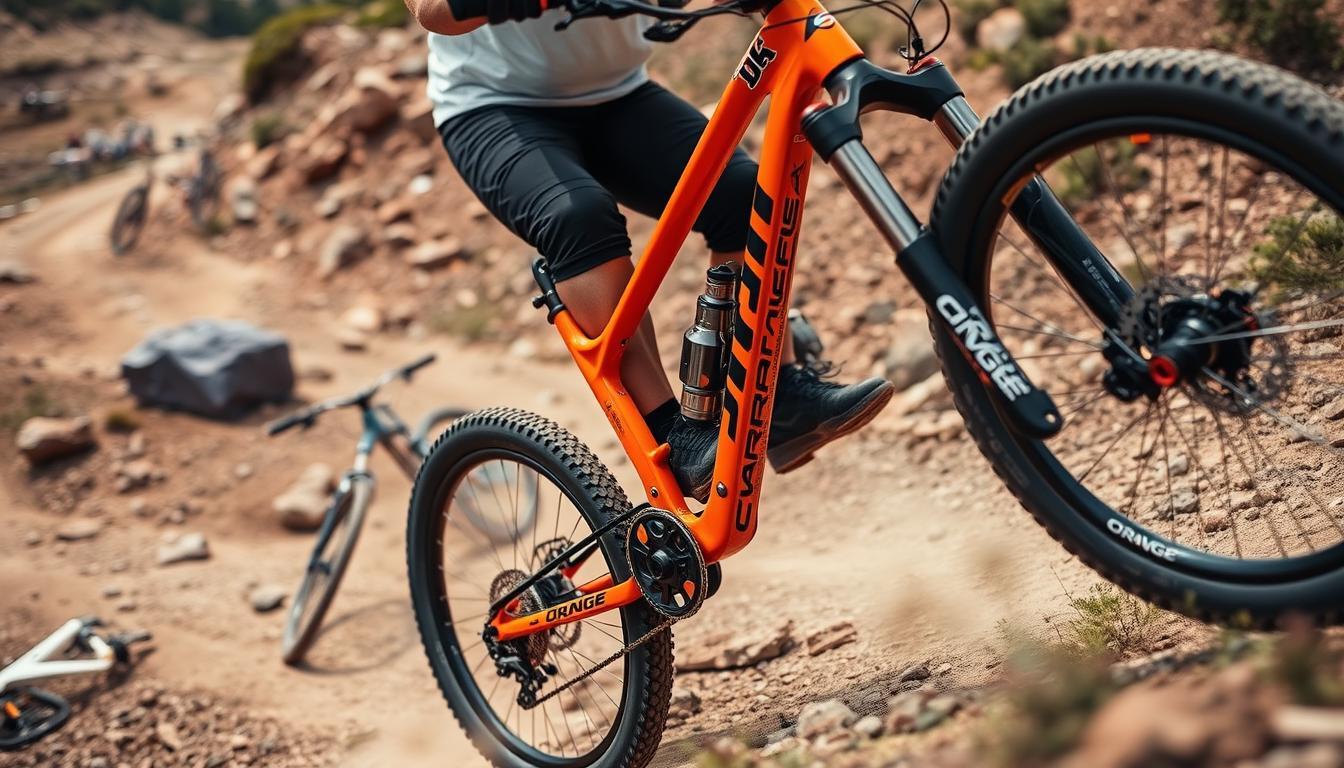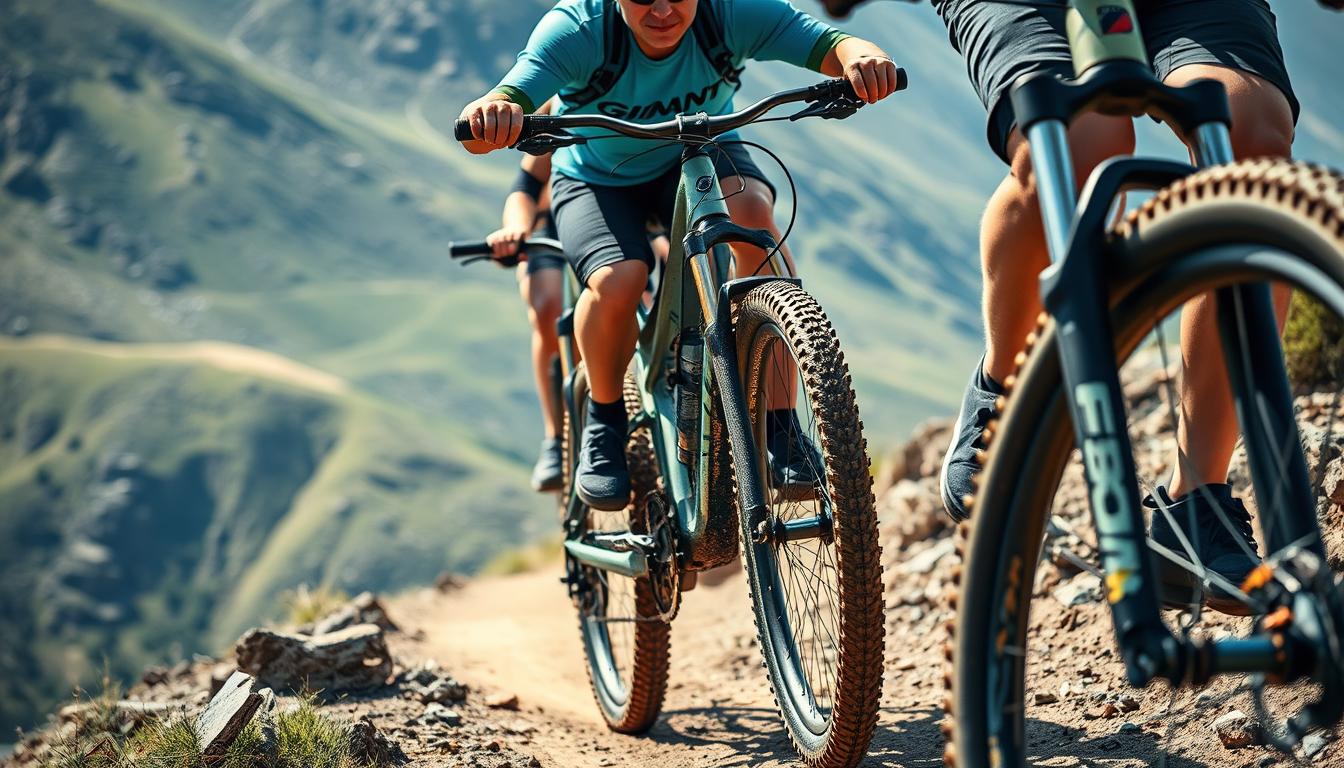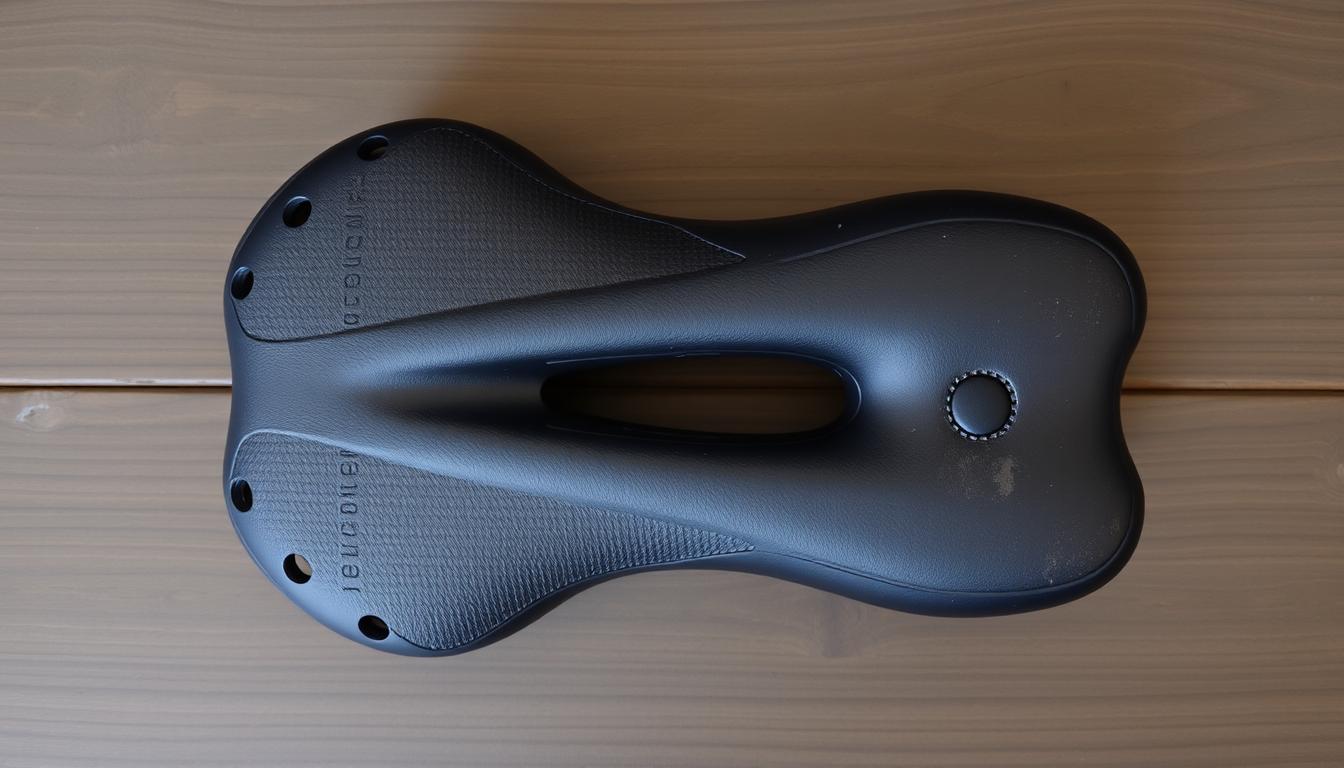Looking for a mountain bike can be exciting yet a bit scary. There are so many brands and features to think about. This guide will help you understand what to look for and make a good choice. Knowing how you plan to ride is very important.
Will you be riding on rough trails or smooth paths? Do you need big wheels or small ones? These questions matter a lot. You also need to think about how much you want to spend. Mountain bikes have a wide range of prices.
For starters, bikes can cost between $1,000 and $2,500 AUD. These bikes suit many different types of riding. But, if you want something top-of-the-line, you might pay more than $10,000 AUD. These expensive bikes have the best features and parts. This guide aims to make it easier for you to pick the right mountain bike.
Understanding Your Riding Style
Before you buy a mountain bike, knowing your riding style matters. There are different mountain bike categories for everyone. Think about what you want to do: rush down steep hills or chill on easy trails.
Identifying the Terrain
The mountain bike terrain you’ll ride on affects your bike choice a lot. For instance:
- Cross-Country (XC): Great for smooth trails. XC bikes are light and shift gears efficiently.
- Trail Riding: Perfect for varied trails. They find a middle ground between climbing and descending, with a fork travel of 120-150 mm.
- Enduro: Made for rocky paths and steep drops. Enduro bikes come with about 150 mm front suspension.
- Downhill: For bold riders, downhill bikes deal with steep, tricky paths with front suspensions over 200 mm.
Choosing the Right Category
Picking the right mountain bike category will make your rides better. For example:
- Fat Bikes: Great for snow and sand, with big tires for all conditions.
- Hardtail: Works well on smooth to a bit rough trails, simpler and possibly lighter.
- All Mountain: Fits rough trails, big climbs, and technical descents well.
- Dirt Jumping and Freeriding: Aimed at bike parks and stunts, these bikes are about tricks and jumps.
Learning skills and knowing your bike’s category enriches your rides. Downhill biking brings a special kind of excitement. It’s key to keep safety first, understand riding techniques, and take good care of your gear. If you’re into the basics of speedy downhill biking, have a look at this guide.
Setting Your Budget for a Mountain Bike
Choosing the right budget for a mountain bike is key for cyclists starting out. It shapes the available options in terms of quality, parts, and how the bike feels to ride. We’ll look into different price points to aid your decision.
Entry-Level Options
Beginners will find entry-level mountain bikes priced from $1,000 to $2,500 AUD. For example, the Marin San Quentin 1 costs $1,350 CAD and is great for casual riders. These bikes usually have alloy frames or simple suspension setups, perfect for starting out. They come with hydraulic disc brakes by Shimano or Tektro, offering good control.
Mid-Range and High-End Considerations
As your cycling skills grow, consider mid-range bikes. These are between $2,500 and $5,000 AUD. They feature better drivetrains like Shimano’s Deore 11-speed, improving your ride. High-end bikes, starting at $5,000 AUD, offer the best materials and technology for serious cyclists. They boast superior components and adjustable features for peak performance.
Upgrading your bike is part of the journey. Enhancements could be better brakes or more efficient parts. A smart budget includes room for these improvements. Knowing the price categories helps match your needs with what’s available. For detailed advice on bike budgets, read this in-depth guide.
Choosing the Right Wheel Size
Choosing the right size for mountain bike wheels is crucial for better performance and comfort. It’s important to know the different features of 29-inch and 27.5-inch wheels. Exploring mullet configurations can also change how you experience riding.
Benefits of 29-inch Wheels
29-inch wheels are popular for their smooth ride over obstacles and faster speeds. They offer more stability across various terrains, which is great for those who value speed and efficiency. With larger wheels, you get better speed in a straight line and more grip on the ground.
The Advantages of 27.5-inch Wheels
27.5-inch wheels, also called 650b, are known for their quick and fun handling. They are perfect for freeride and bike parks, letting riders move and turn quickly. If you’re looking for a bike that’s quick to react and light, the 27.5-inch wheels are a good choice.
What are Mullet Configurations?
Mullet setups use both 29-inch and 27.5-inch wheels to get the best of both. You get a 29-inch wheel at the front for stability and a 27.5-inch at the back for better control. This combo is becoming popular for riders wanting top performance on different terrains.
Suspension Travel: What You Need to Know
Understanding mountain bike suspension travel is crucial for finding the right bike. It depends on your riding style and the terrains you aim to conquer. Different bikes have different suspension lengths, which affects how they perform on trails.
Cross Country Bikes: An Overview
Cross-country bikes usually have mountain bike suspension travel between 80mm to 120mm. Their design focuses on efficient pedalling and quick climbing, perfect for steep climbs. However, they trade off some stability on descents, important for those tackling technical paths.
Trail Bikes: A Versatile Choice
Trail bikes come with a wider suspension travel range, from 120mm to 160mm. This makes them a versatile option, balancing climbing efficiency and downhill capability. They perform well on both tough terrains and smoother trails, becoming a favourite for many riders.
Understanding Enduro Bikes
Enduro bikes are designed for tough downhill trails, with suspension travel between 150mm to 180mm. This large travel helps with comfort on rough terrains but does make climbs harder. These bikes suit those eager for steep and technical challenges, offering confidence for off-road excitement.
Importance of Frame Fit
It’s crucial to find the perfect mountain bike frame fit for both comfort and control. A well-fitted frame gives you an efficient riding position. This lets you fully enjoy your rides outdoors. Make sure to measure yourself accurately so your bike suits your body and riding style.
Measuring Your Size
Measure your height and inseam first. These measurements are key to finding the right bike size. For instance, if you’re between 5’2″ and 5’6″, a Small frame might be best. Those from 6’1″ to 6’4″ might need an XL frame.
Try to keep about 2 inches (5 cm) of clearance with the standover height. Also, having slightly bent knees when pedals are at their lowest is good. This position increases power and comfort on your bike.
Consulting Size Charts
Look at the manufacturer’s size charts to start understanding frame fit. Each brand can have different dimensions, so these charts are a helpful guide. But it’s also key to test the bike to see if it suits your body.
Talking to experienced bike makers is beneficial. They can make tailored adjustments. This ensures your mountain bike fits you well, promoting a better and more controlled ride.
FAQ
What is the best type of mountain bike for beginners?
A trail bike is great for starters. It’s strong and can ride on many surfaces. It helps you learn mountain biking smoothly.
How do I determine my riding style?
Think about where you’ll ride. Do you like fast cross-country trails or steep downhill ones? Your choice leads your style.
What budget should I set for buying a mountain bike?
Spend based on your level and what bike you want. Beginners might look at bikes from
FAQ
What is the best type of mountain bike for beginners?
A trail bike is great for starters. It’s strong and can ride on many surfaces. It helps you learn mountain biking smoothly.
How do I determine my riding style?
Think about where you’ll ride. Do you like fast cross-country trails or steep downhill ones? Your choice leads your style.
What budget should I set for buying a mountain bike?
Spend based on your level and what bike you want. Beginners might look at bikes from $1,000 to $2,500 AUD. More serious riders could go up to $5,000 AUD for better options.
What are the advantages of different wheel sizes?
29-inch wheels smooth out bumps and keep speed. They can feel big, though. On the other hand, 27.5-inch wheels are easier to move, perfect for tricks and tight turns.
What is a mullet configuration?
It’s a mix: a big 29-inch wheel in front for steady rides and a smaller 27.5-inch at the back for quick moves. This setup works well on many trails.
How much suspension travel do I need for my mountain bike?
It depends on your ride style. Less than 120mm works for smoother, uphill paths. For rougher slopes, you’ll want between 150mm and 180mm to handle the bumps.
Why is proper frame fit important?
The right frame size means better comfort and control. It’s key to finding a bike that fits your body well. This way, you avoid pain and enjoy biking more.
How do I measure my size for a mountain bike?
Check your height and inseam by standing against a wall. Use these numbers with the maker’s chart to find your perfect bike fit.
,000 to ,500 AUD. More serious riders could go up to ,000 AUD for better options.
What are the advantages of different wheel sizes?
29-inch wheels smooth out bumps and keep speed. They can feel big, though. On the other hand, 27.5-inch wheels are easier to move, perfect for tricks and tight turns.
What is a mullet configuration?
It’s a mix: a big 29-inch wheel in front for steady rides and a smaller 27.5-inch at the back for quick moves. This setup works well on many trails.
How much suspension travel do I need for my mountain bike?
It depends on your ride style. Less than 120mm works for smoother, uphill paths. For rougher slopes, you’ll want between 150mm and 180mm to handle the bumps.
Why is proper frame fit important?
The right frame size means better comfort and control. It’s key to finding a bike that fits your body well. This way, you avoid pain and enjoy biking more.
How do I measure my size for a mountain bike?
Check your height and inseam by standing against a wall. Use these numbers with the maker’s chart to find your perfect bike fit.


